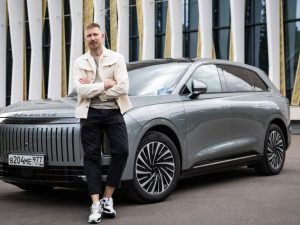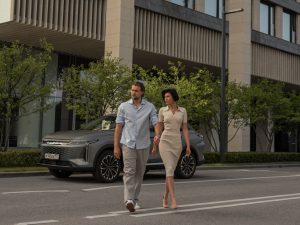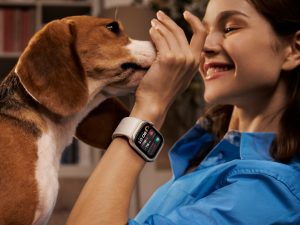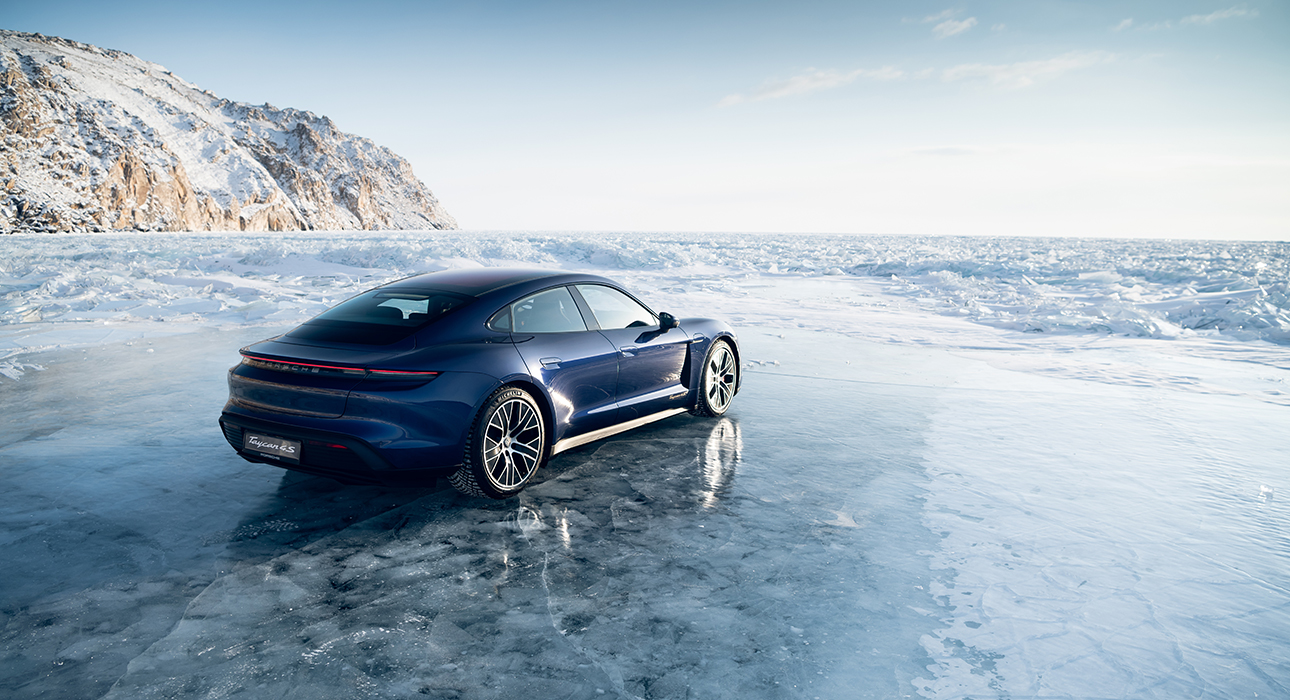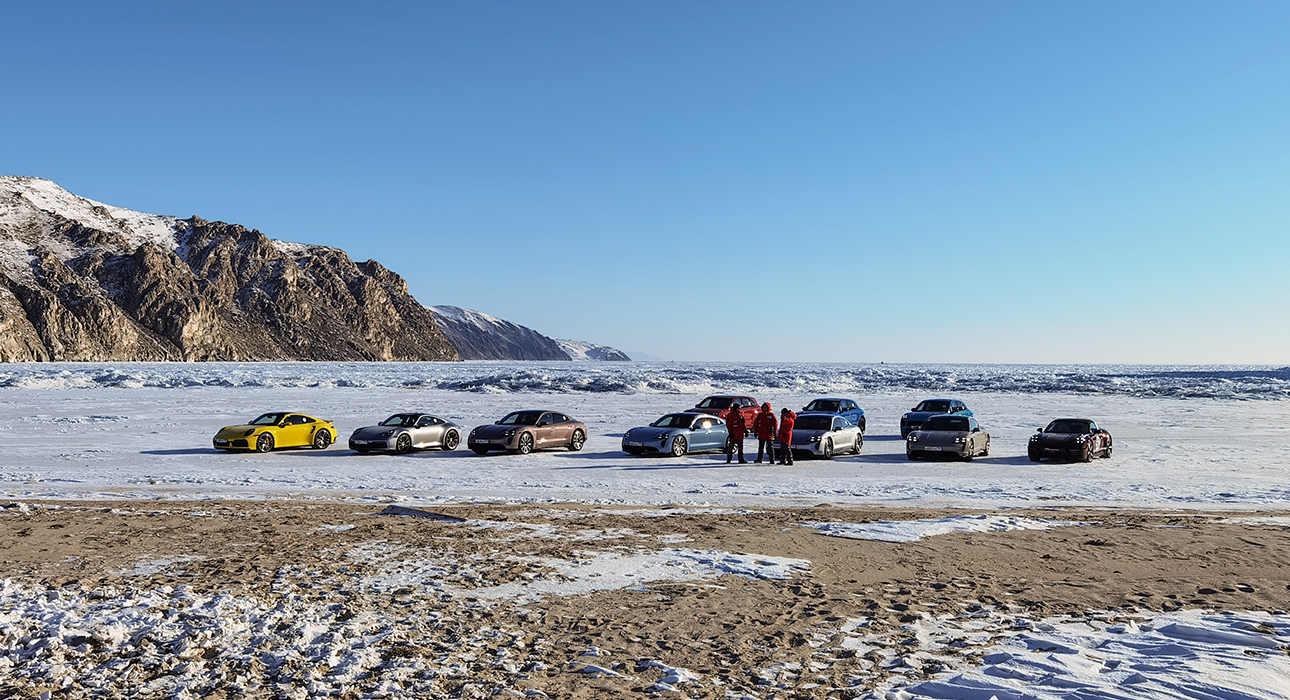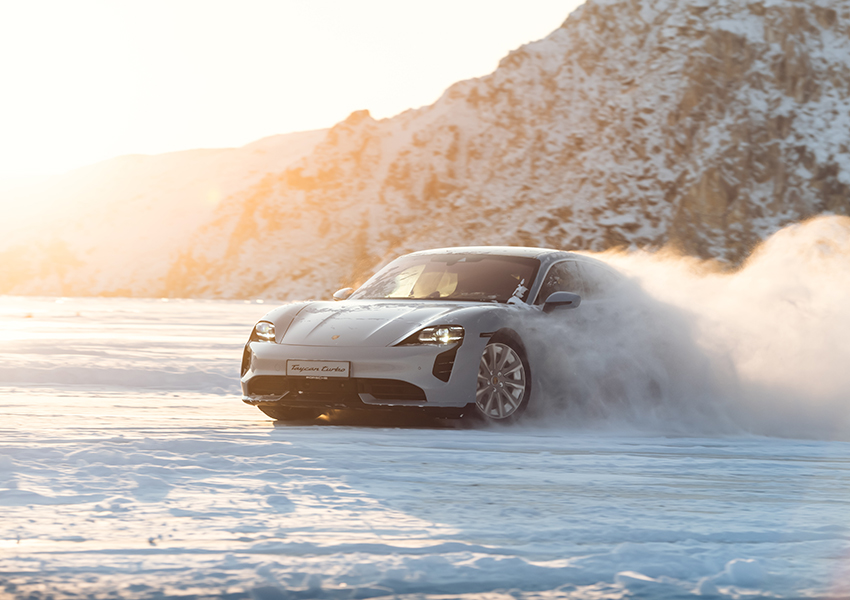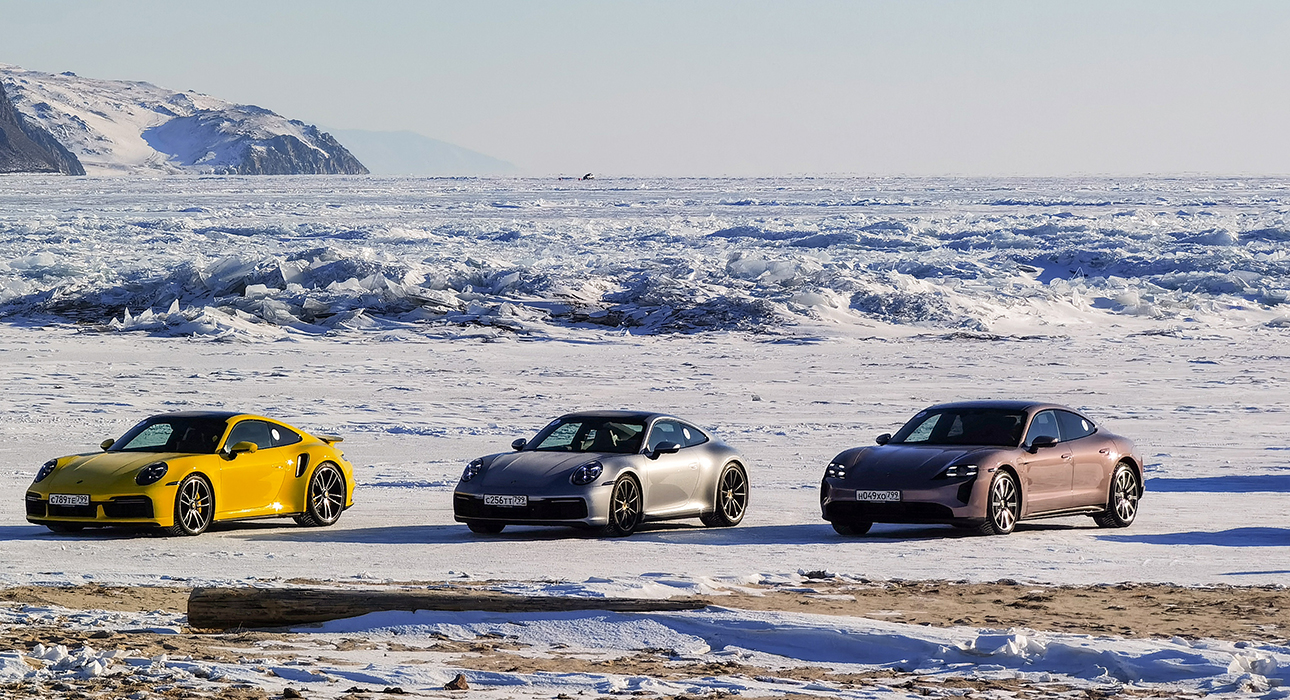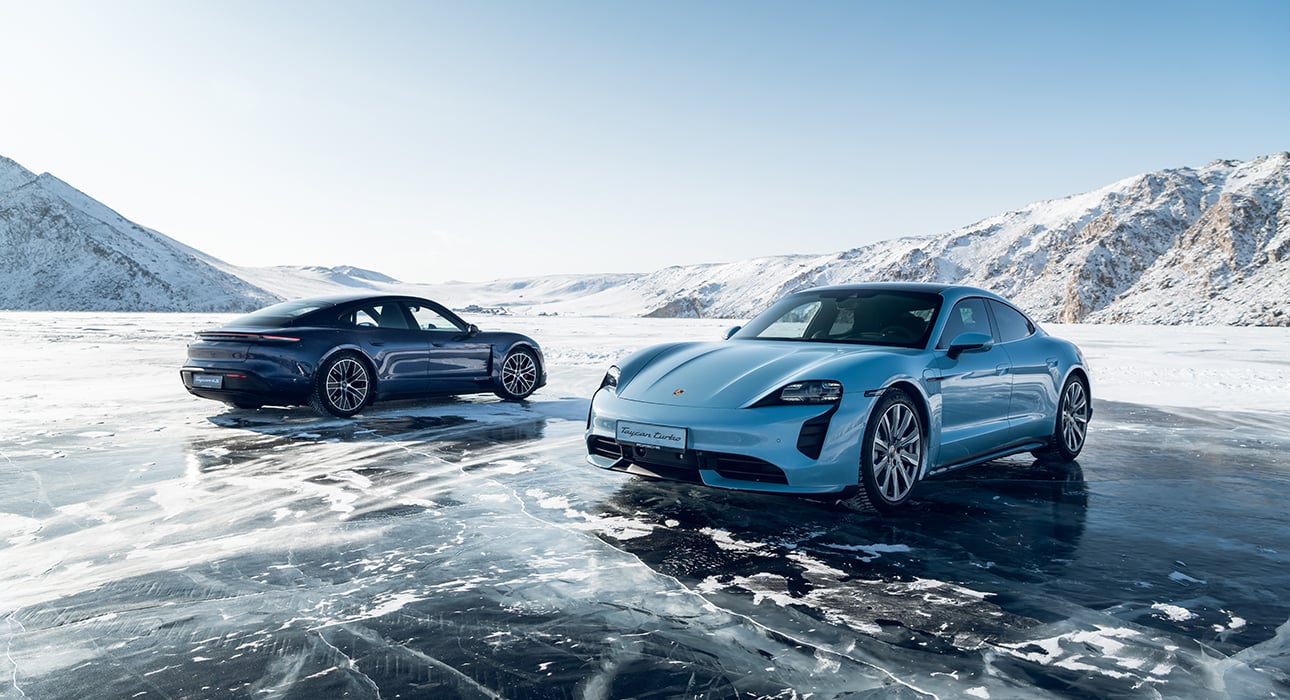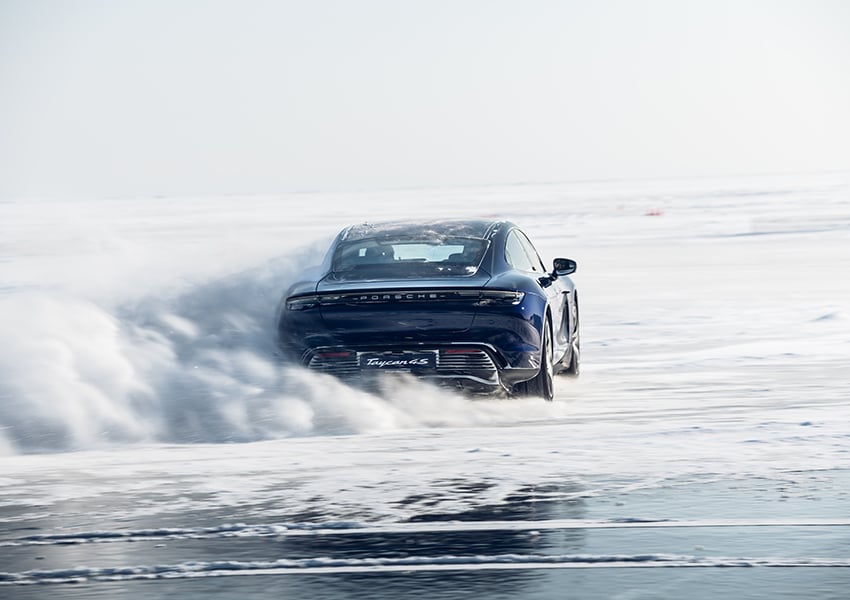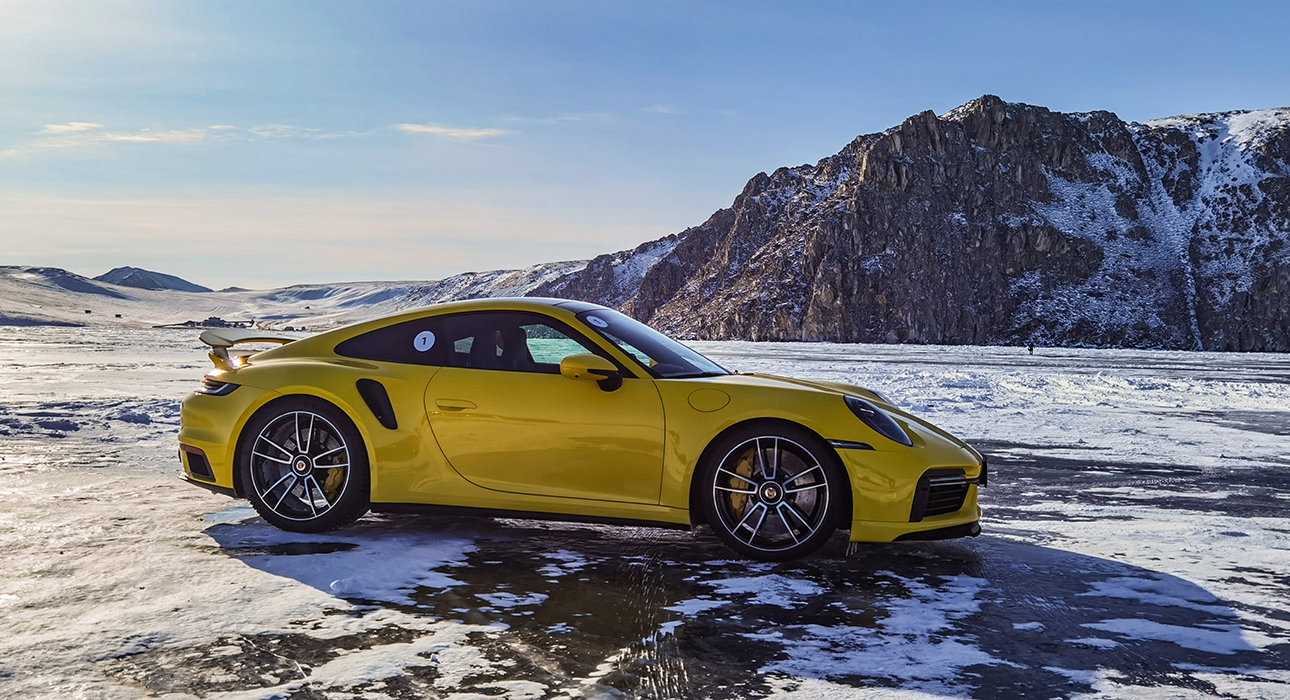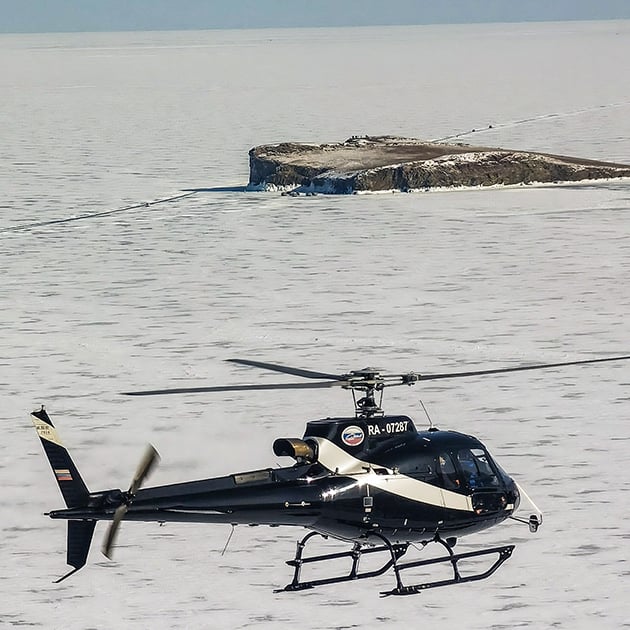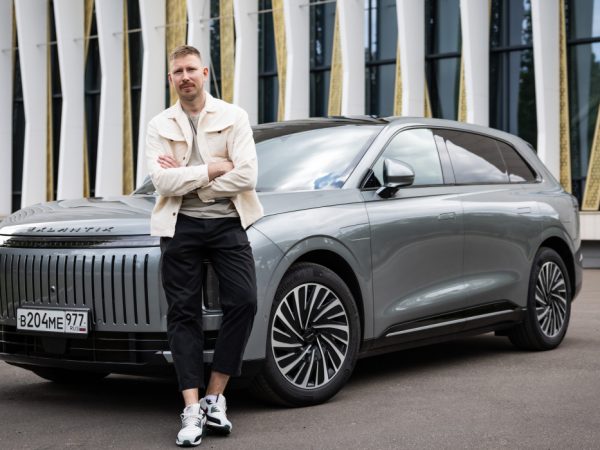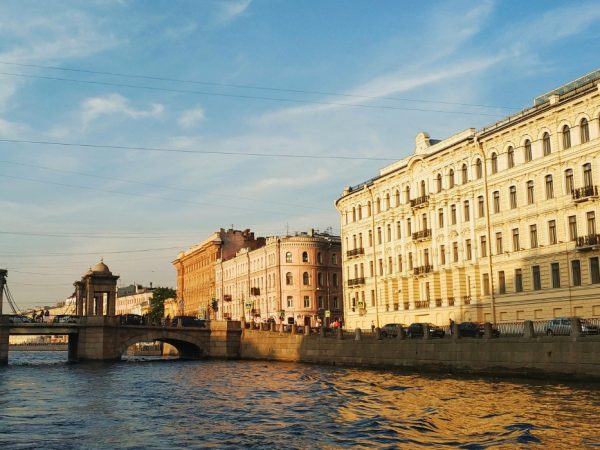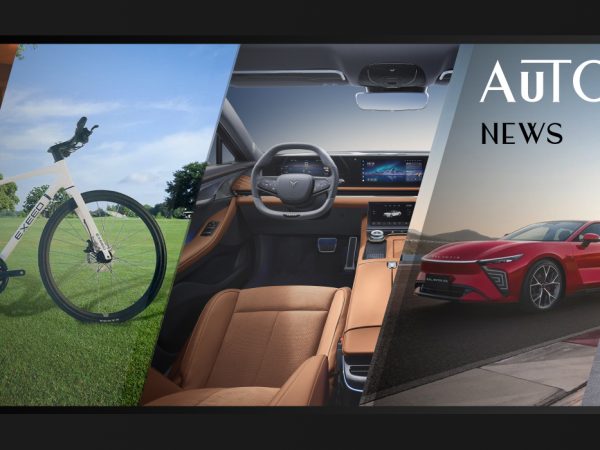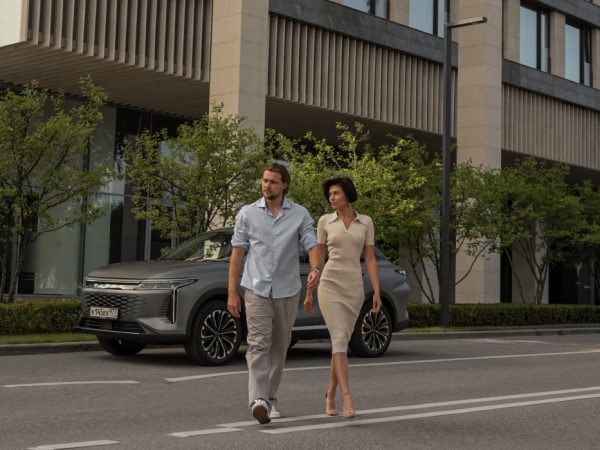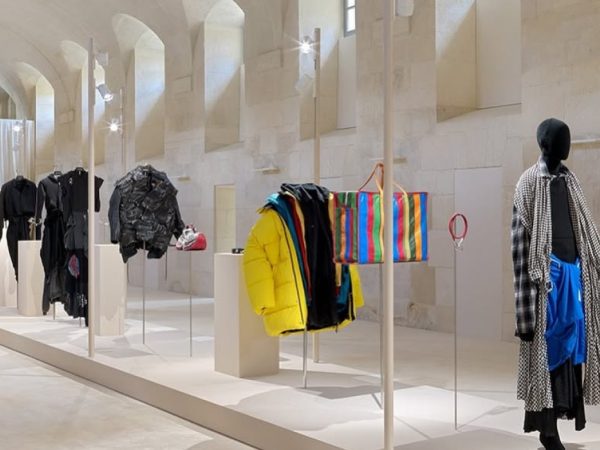Porsche do have something of a habit of turning press trips up to 11. Letting us try the all-electric Not content with letting us drive their fully electric Taycan on a regular kind of frozen water, they sent us all the way to lake Baikal instead. Because only the coolest ice would do, it seems. Porsche do have something of a habit of turning press trips up to 11. Letting us try the all-electric Not content with letting us drive their fully electric Taycan on a regular kind of frozen water, they sent us all the way to lake Baikal instead. Because only the coolest ice would do, it seems.
A five hour flight from Moscow to Irkutsk got us most of the way there, the last bit would be done by helicopter. Because why not. It’s fair to say that most of us were pretty knackered when we arrived a little past 8 AM local time — 3 AM in Moscow’s time zone — so a very scenic transfer to the lake was just what we needed to perk up a little. It’s difficult to overstate just how gorgeous the area looks from the sky, but in fact it only got better once we arrived at the lake and hopped into a Porsche SUV to drive the last bit to the hotel on the frozen lake itself. Naturally, there were plenty of stops along the way to admire some of the most picturesque bits of the lake.

Still, I assume you’ve clicked on this expecting a car review of some sort, so I’ll let the pictures do the talking as far as the nature bit goes while I move on to the main course of our little expedition: driving the new Taycan on the lake in temperatures well below −20C. Batteries of the kind that is used in electric cars have a notoriously small temperature window in which they perform at their best. So the thermal management of the battery pack is incredibly important. The car has to be able not only to cool down its batteries sufficiently in hot weather, it needs to keep them warm when things get cold as well. And it doesn’t get much colder than lake Baikal in winter. It was cold enough that after standing outside for 20 minutes, my mechanical wrist watch had lost about five minutes as the lubricant inside had gotten excessively viscous. So all in all, this would be a pretty severe test to subject the car to. Especially as we would be using it for some high performance driving on a specially laid-out ice course.
